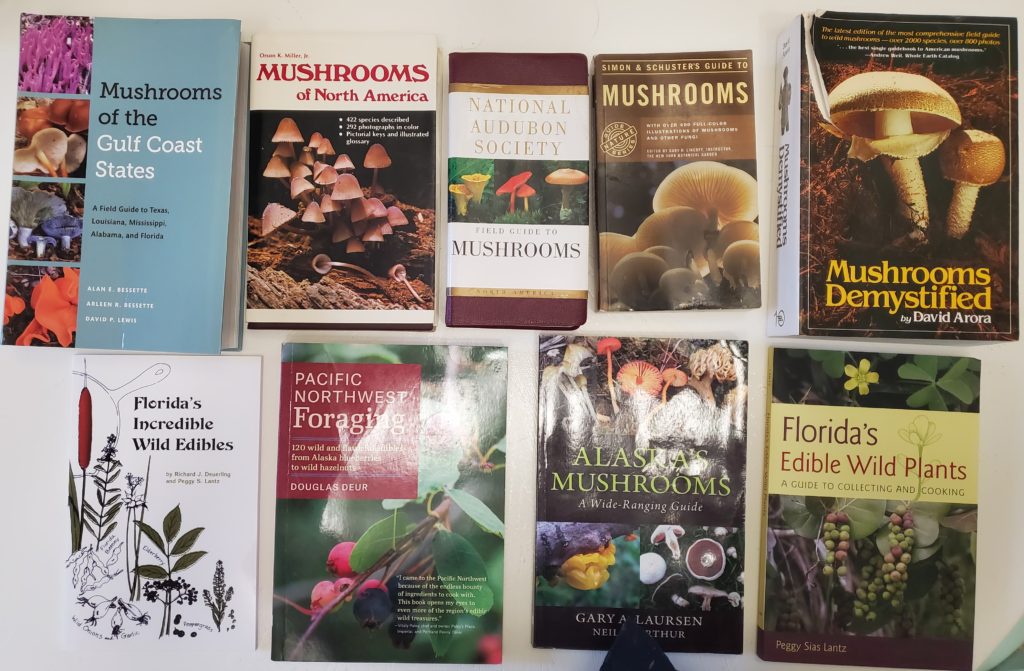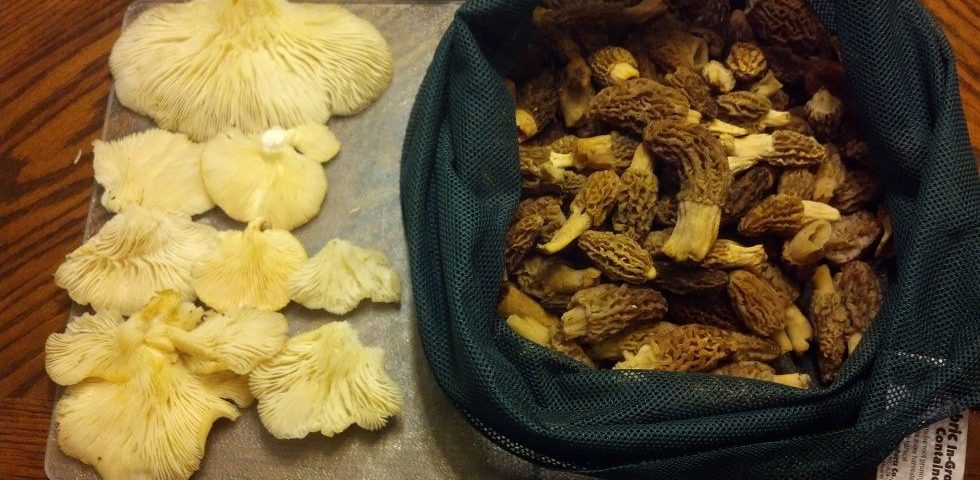Foraging for wild foods can be a fun and rewarding outdoor activity, but it’s important to be aware of potential risks and practice good safety habits. Here are five tips to help ensure a safe and successful foraging experience:

- Know what you’re looking for: Properly identifying the plants and animals you plan to forage is crucial to avoiding any poisonous or toxic specimens. Familiarize yourself with common edible plants and animals in your area, and consider bringing a field guide or consulting with a local expert.
- Follow the laws and regulations. Different areas have laws and regulations regarding foraging, so be sure to familiarize yourself with these rules before heading out. For example, some areas may have restrictions on collecting certain species or may require a permit for certain activities.
- Practice good hygiene. Foraging involves coming into contact with potentially dirty or contaminated surfaces. It’s important to practice good hygiene to avoid getting sick. This includes washing your hands before and after handling food, as well as properly cleaning and preparing your foraged ingredients.
- Be aware of your surroundings. Foraging can often involve venturing off the beaten path, so be aware of your surroundings and any potential hazards. This includes paying attention to the weather, being mindful of wildlife, and being aware of your location.
- Bring the right gear. Depending on where you’re foraging and what you’re looking for, you may need to bring along certain gear to help you safely gather and prepare your ingredients. This might include gloves, a field guide, a hatchet or knife, or a portable stove.
By following these tips and using good judgment, you can enjoy a safe and successful foraging experience.
Check out our list of Edible mushroom and plant foraging resources.
Please follow and like us:
